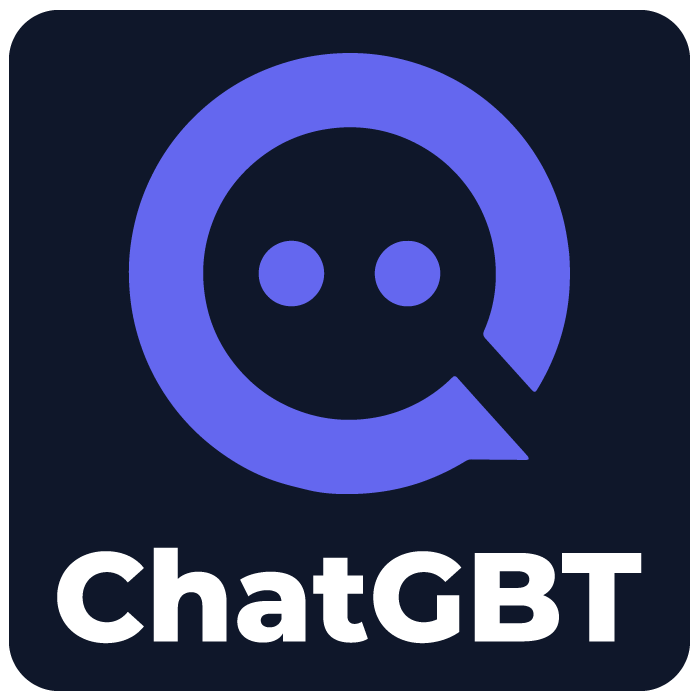Try GPT-4o Mini Free – OpenAI’s Most Advanced Small Model
Access OpenAI’s latest model, GPT-4o mini for free, which follows GPT-4 Omni and supports both text and image inputs with text outputs. As the most advanced small and cost-efficient model, it is substantially more affordable than other recent frontier models, costing more than 60% less than GPT-3.5 Turbo.
Try the Most Popular and Actively Developed Free AI Tools

GPT-4o Mini Introduction
OpenAI has launched GPT-4o mini on July 18, 2024, a small language model (SLM) designed to compete with models like Llama 3 and Mistral. This model offers low cost, low latency, and near-real-time responses, with a large 128K token context window. Supporting text and image inputs, with future plans for audio and video, GPT4o mini excels in reasoning, math, and coding benchmarks. Available through OpenAI’s API services at competitive pricing, it makes advanced AI more accessible.
Key Features
Cost-Effective: More affordable than predecessors, suitable for various applications.
Large Context Window: Handles up to 128,000 tokens for extensive conversations or documents.
Low Latency: The model delivers fast responses for real-time interactions.
Advanced Tokenizer: It uses an improved tokenizer that enhances its efficiency in processing non-English text.
How to Use GPT4o Mini?
Visit the Website: Open your web browser and head to the ChatGBT official site – https://chatgbt.io/
Select the GPT Model: Pick the GPT model you need, for example, ChatGPT, GPT-4o, GPT-4o Mini.
Ask Your Question: Type your query or prompt into the input area provided.
Get Your Answer: Submit your question and wait for the AI’s response to appear on the screen.
Comparison: GPT-4 vs. GPT-4o vs. GPT-4o Mini
Here’s a quick look at the key differences between GPT-4, GPT-4o, and GPT4o Mini:
| Feature/ Model | GPT-4 | GPT-4o | GPT-4o Mini |
|---|---|---|---|
| Release Date | March 14, 2023 | May 13, 2024 | July 18, 2024 |
| Context Window | 8,192 tokens | 128,000 tokens | 128,000 tokens |
| Knowledge Cutoff | September 2021 | October 2023 | October 2023 |
| Input Modalities | Text, limited image handling | Text, images, audio, and video | Text and Vison only |
| Output Modalities | Text | Text | Text |
| Vision Capabilities | Basic | Advanced vision and audio capabilities | Support Vision Features |
| Multimodel Capabilities | Limited | Full integration of text, image, and audio | Limited with text and vision |
| Cost | High | Medium | Very Low |
| Speed | Standard | Fast | Fast |
| Strengths | Complex reasoning, creative tasks | Multimodal tasks, non-English languages | Handles non-English text in a more cost-effective way |
Frequently Asked Questions
What are the limitations of GPT 4o mini?
1. Limited Multimodal Support: No audio and video input support at launch; only handles text and images.
2. Performance in Specialized Domains: Struggles with highly specialized tasks requiring deep domain-specific knowledge.
3. Coding and Technical Limitations: Less proficient in complex coding tasks compared to the full GPT-4o model. Less proficient in complex coding tasks compared to the full GPT-4o model.
4. Knowledge Cut-off: It has a knowledge cut-off date of October 2023, which means it may not be updated with the latest information or events.
What are the use cases of GPT4o Mini?
1. Customer Support: Automates responses for efficient service.
2. Content Creation: Generates text for articles, blogs, and marketing.
3. Educational Tools: Provides tutoring and explanations.
4. Image Analysis: Describes and analyzes images.
5. Coding Assistance: Helps with code generation and debugging.
6. Personalized Recommendations: Suggests products and services.
7. Language Translation: Facilitates text translation.
8. Creative Writing: Assists with drafting stories and scripts.
9. Interactive Applications: Enhances chatbots and virtual assistants.
10. Data Analysis Support: Summarizes and interprets data.
What is the API cost of the GPT-4o Mini Model?
OpenAI’s GPT4o mini is a cost-effective powerhouse, priced at $0.15 per million input tokens and $0.60 per million output tokens. This makes it significantly more affordable than its predecessors, including being over 60% cheaper than GPT-3.5 Turbo, while still delivering state-of-the-art performance across a range of tasks.










